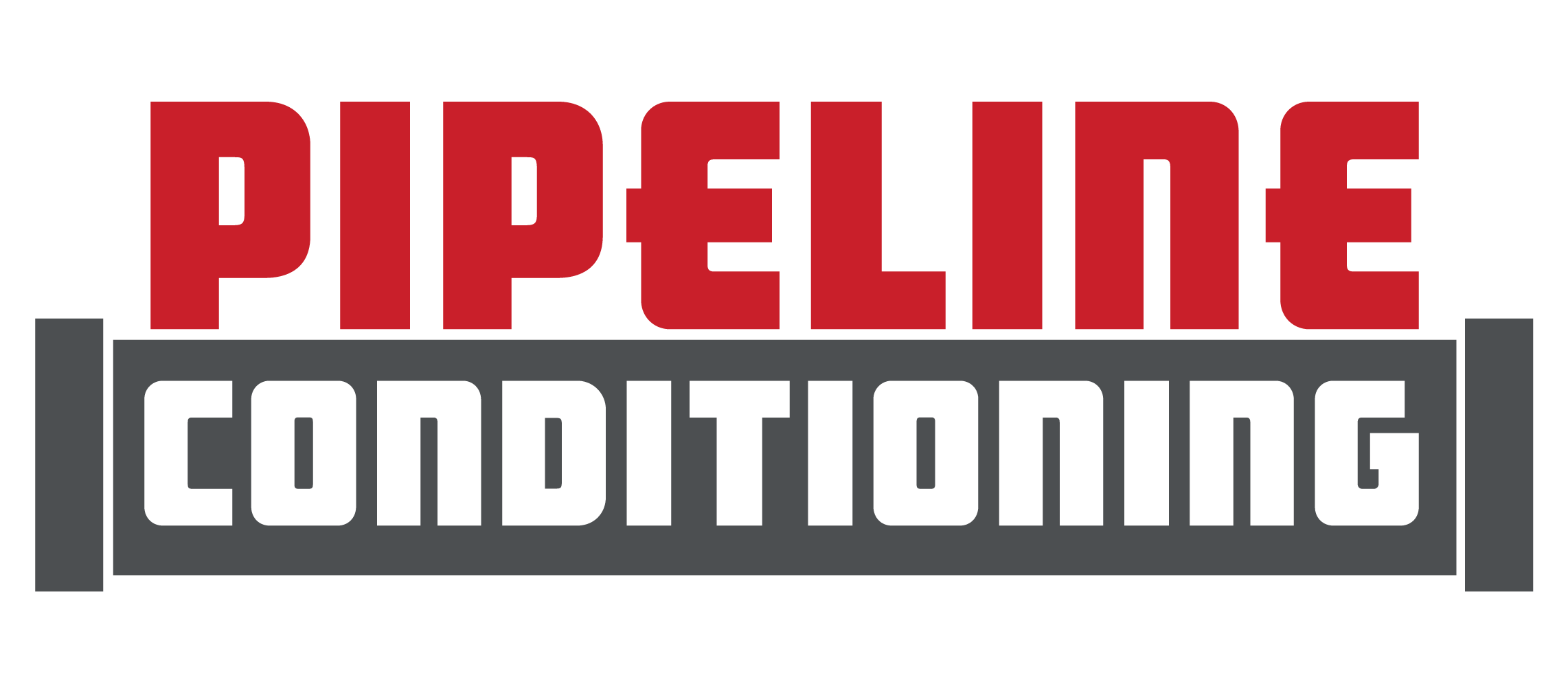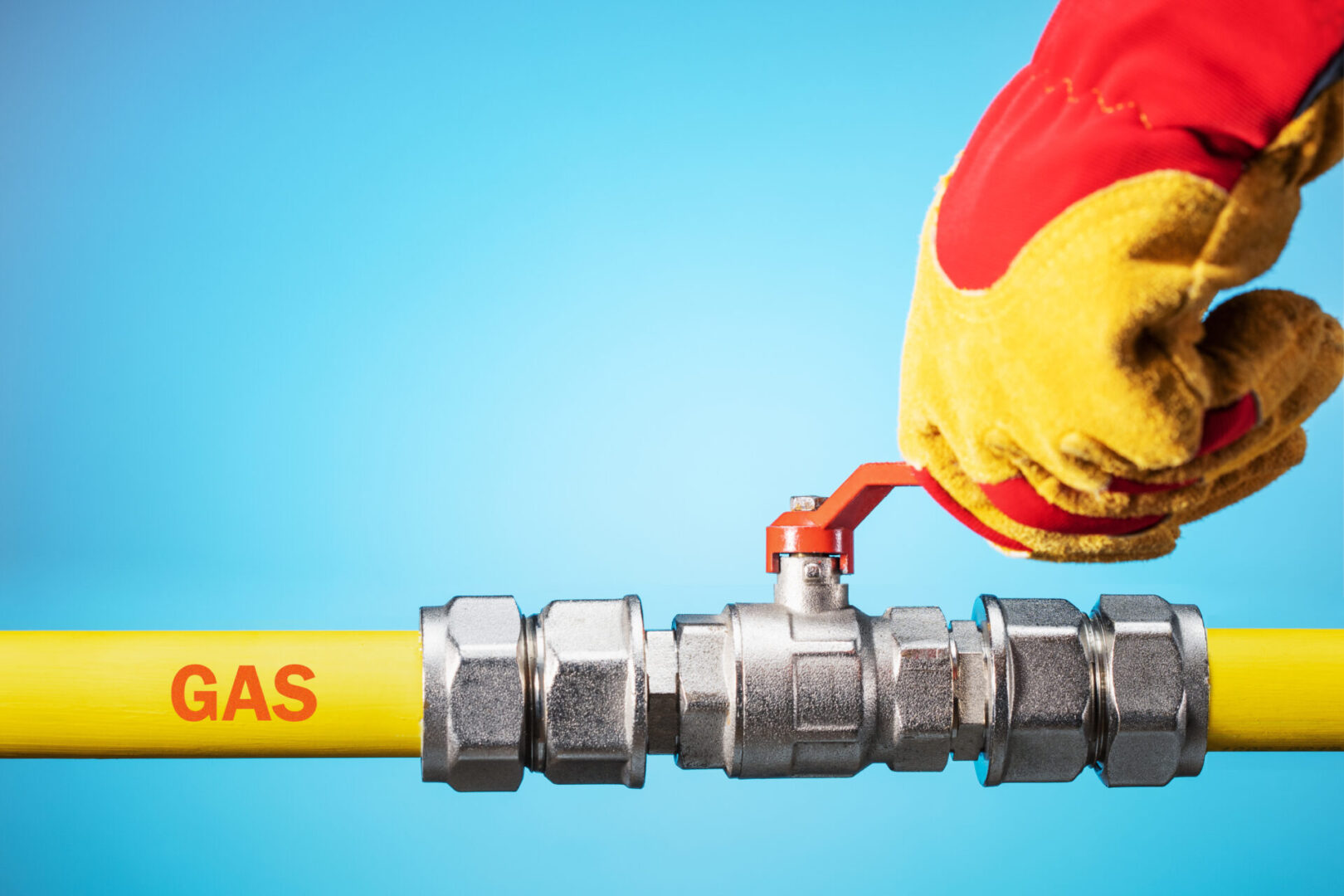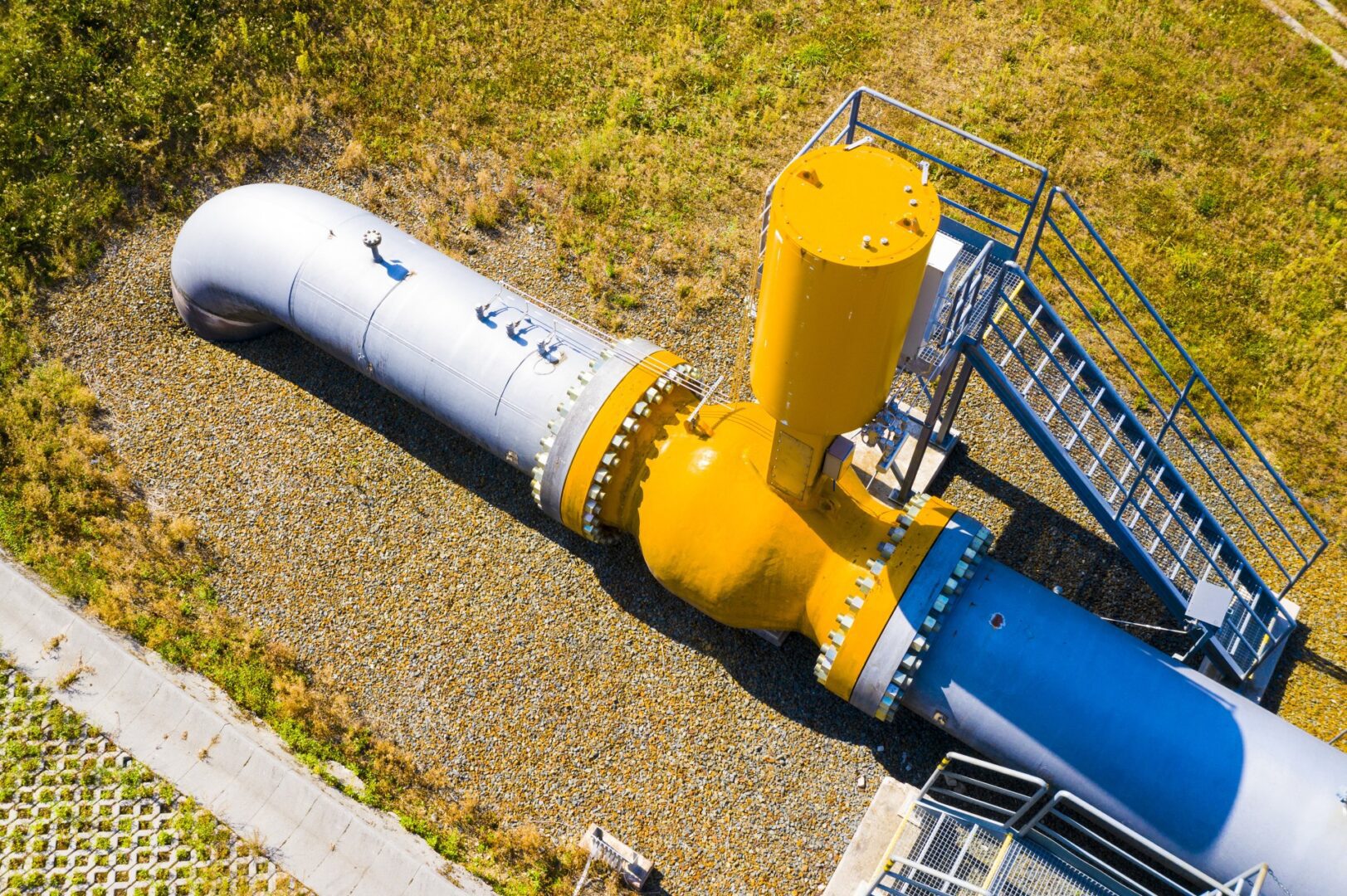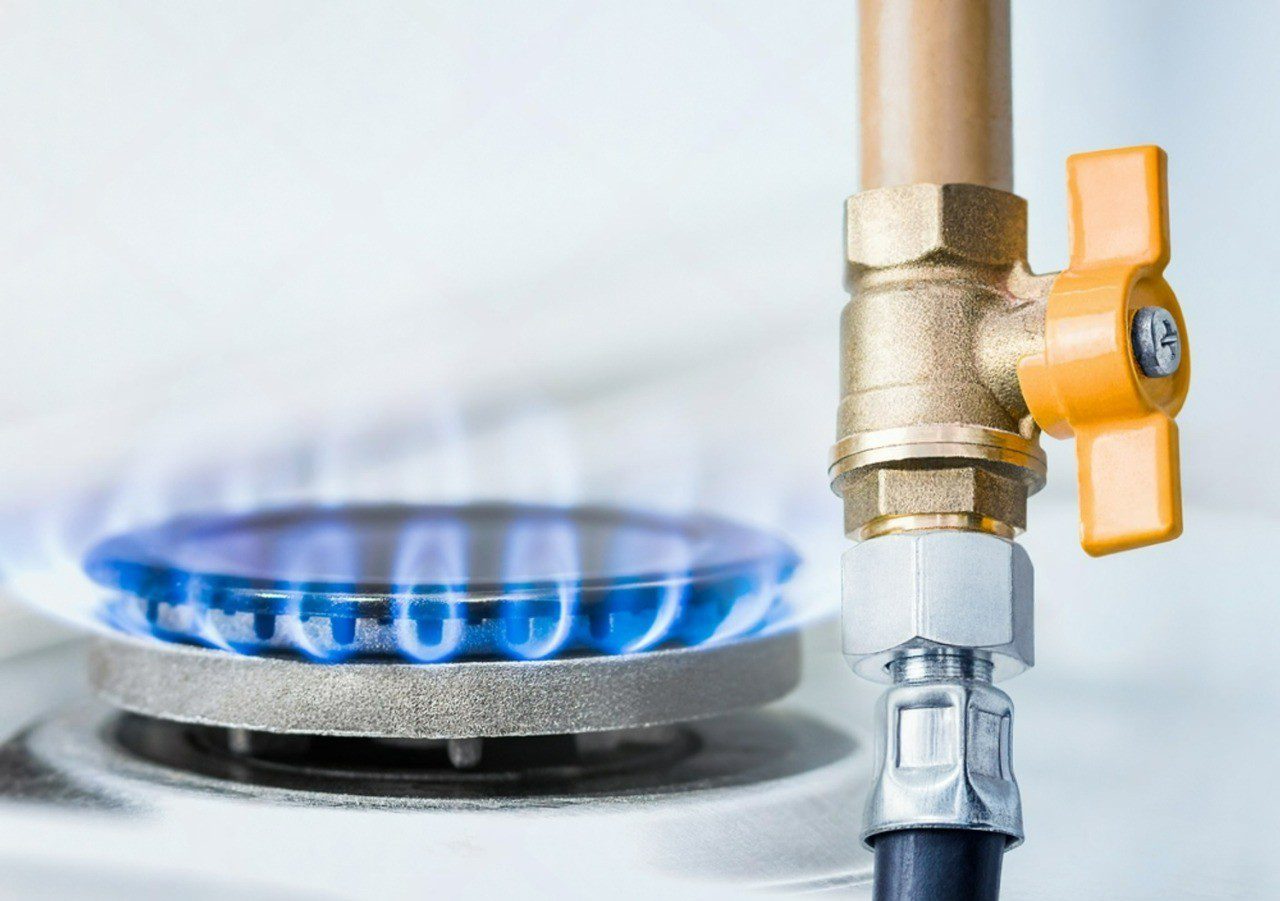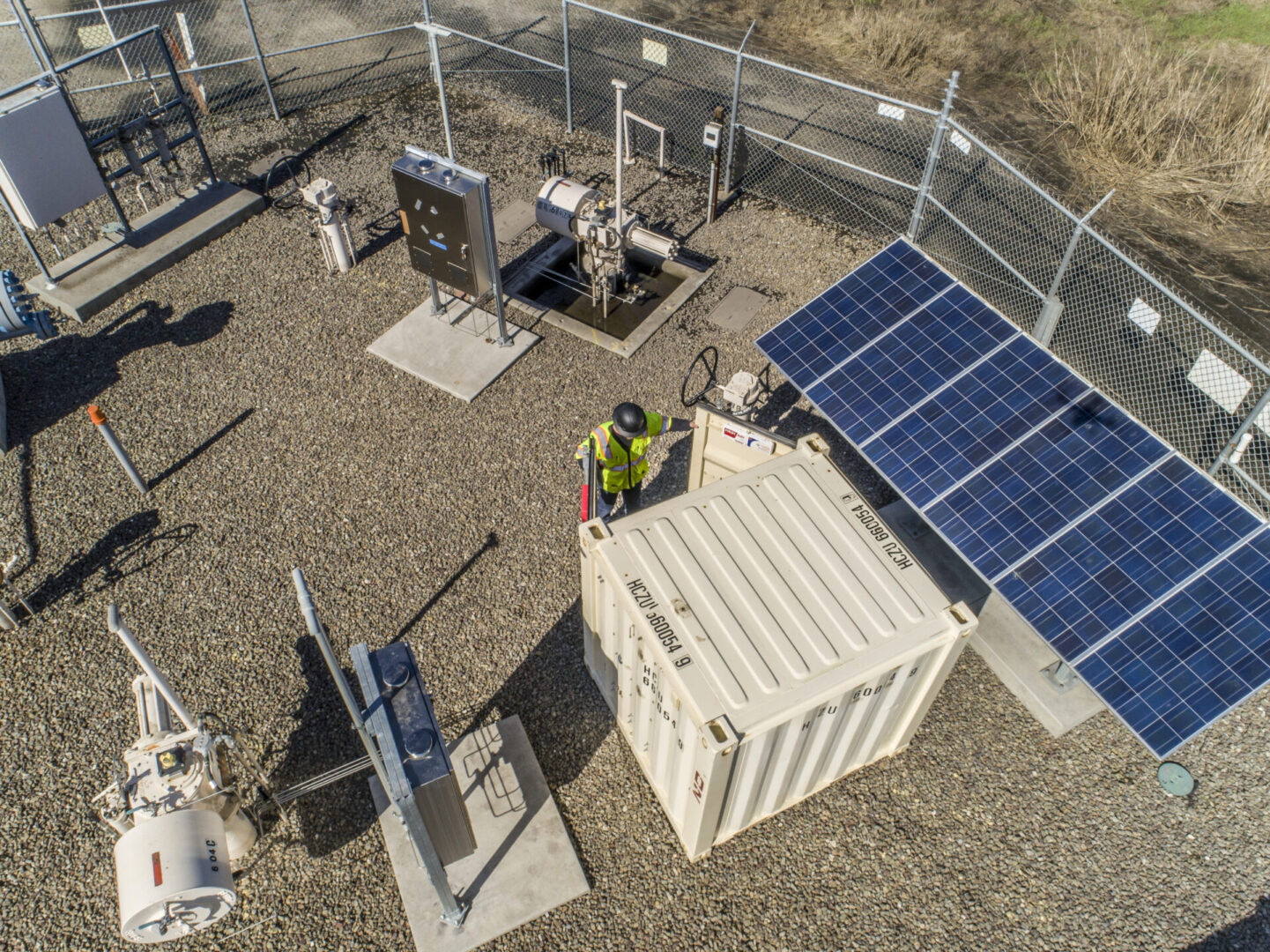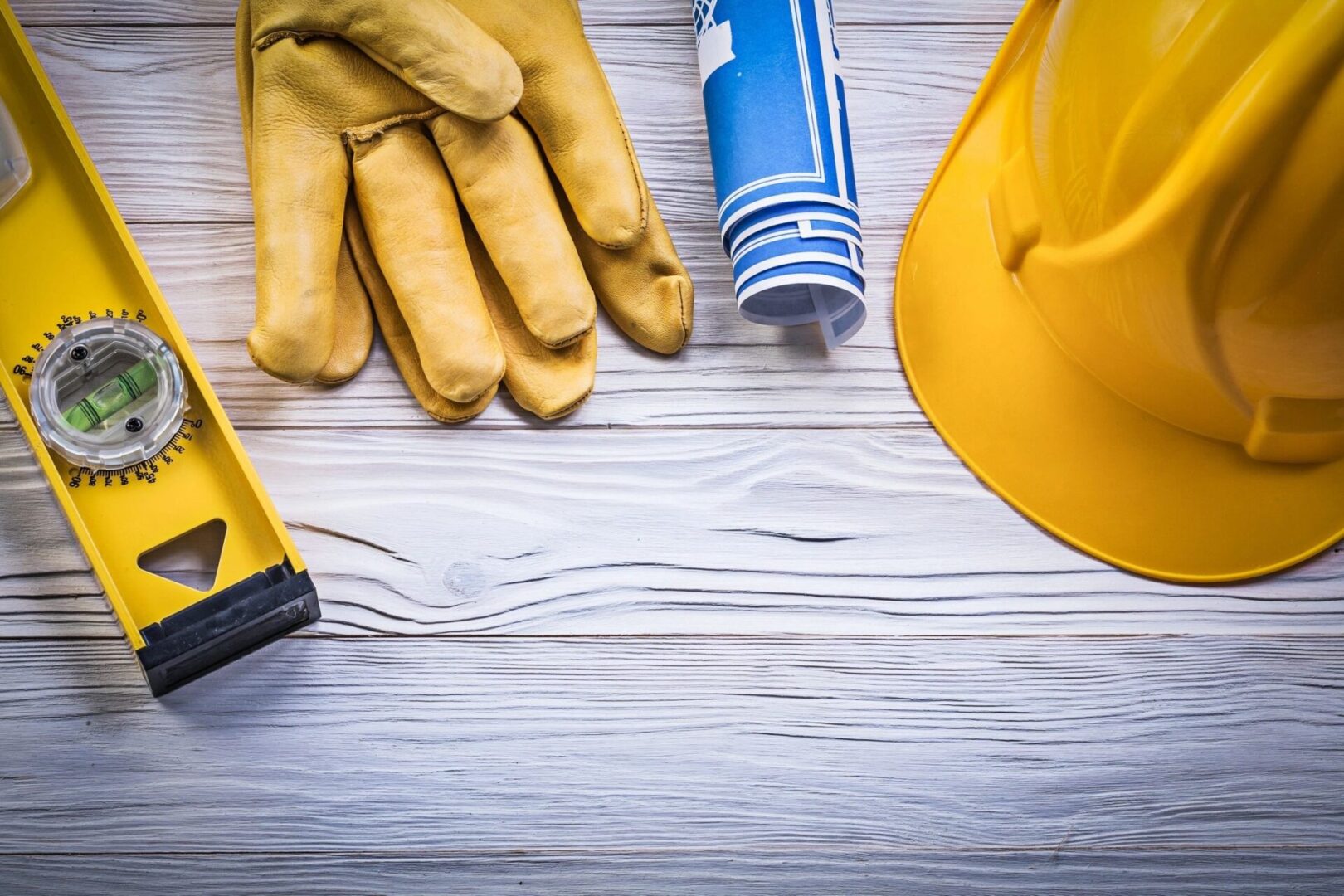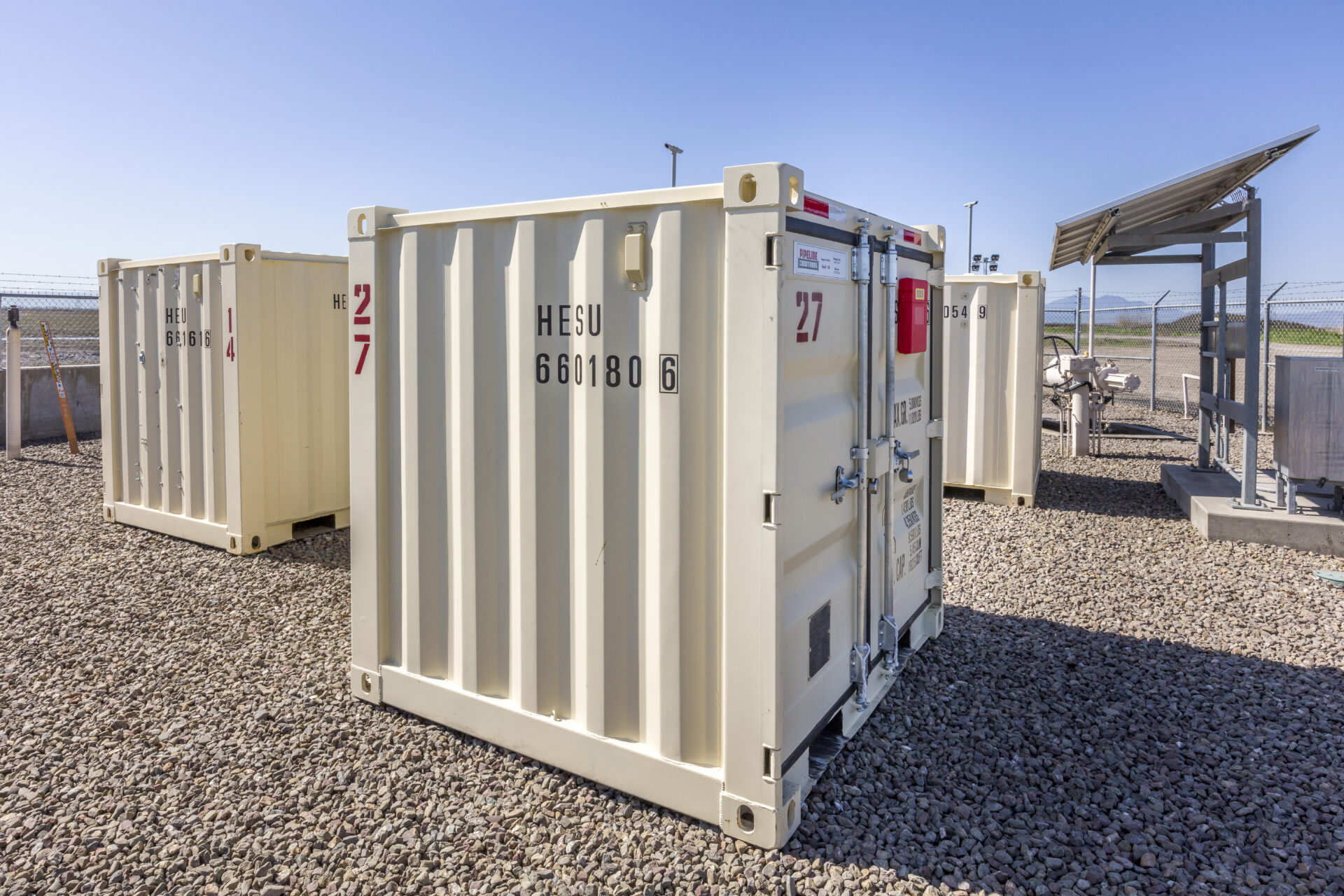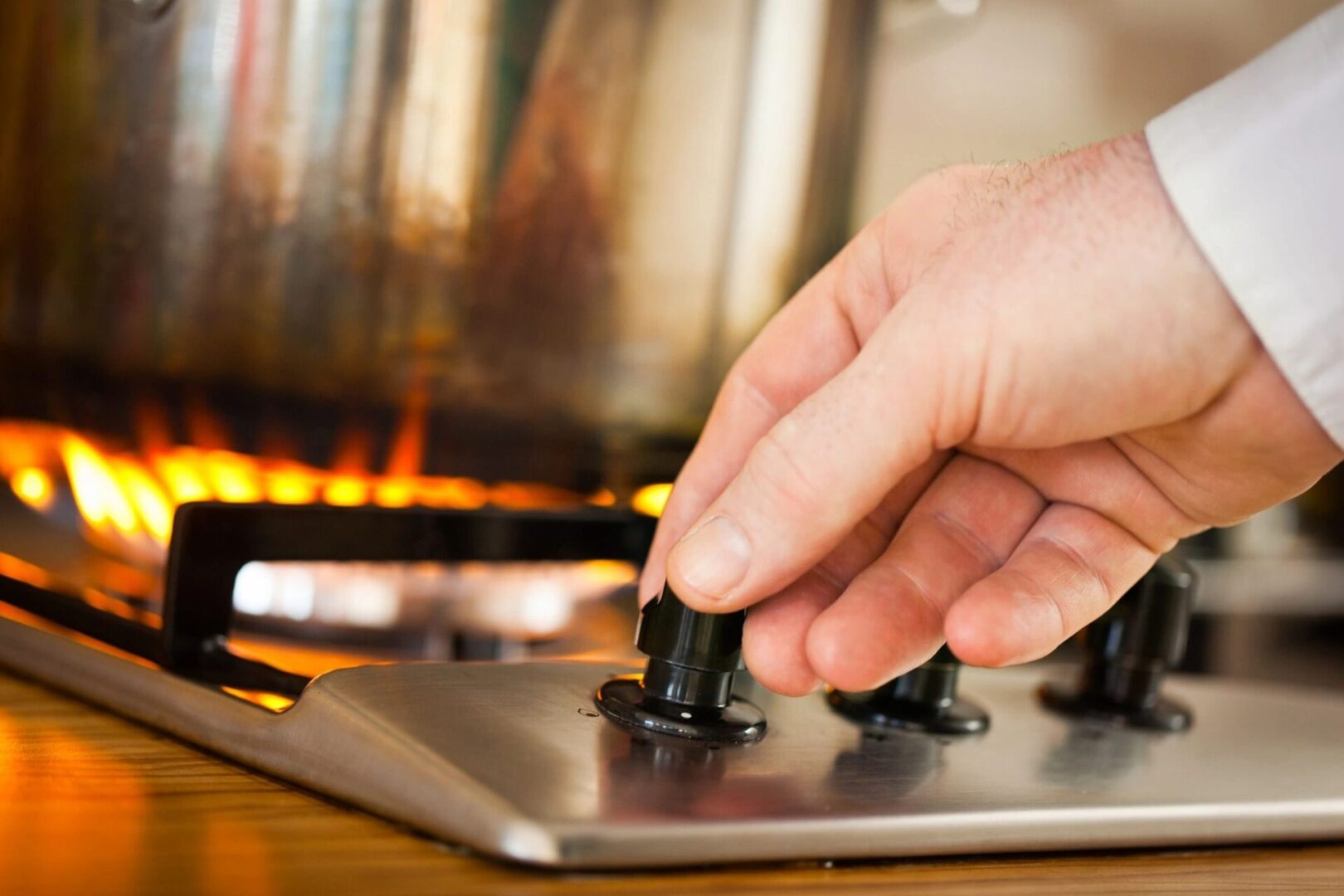
Natural Gas Odorization: From Tragedy to Safety Revolution
The History of Natural Gas Odorization and Safety
Natural gas powers millions of homes and businesses, but it wasn’t always the safe energy source we know today. The story of natural gas odorization begins with tragedy and transforms into one of the most successful safety innovations in industrial history.
The Silent Threat: Why Natural Gas Was Dangerous
Natural gas is colorless, odorless, and highly flammable. All these factors contribute to the fact that, for example, a person might not be able to detect a leak if it were present, which may lead to dangerous conditions such as fire, explosion, or even carbon monoxide poisoning. In the early days of natural gas use, in the 19th and early 20th centuries, there was no reliable method for detecting leaks by smell, leading to numerous disastrous accidents.
Throughout the early 1900s, undetected gas leaks caused numerous accidents. Families went to bed unaware that gas was seeping into their homes. Schools operated normally while dangerous concentrations built up in basements and crawl spaces.
The New London Disaster: A Turning Point
One of the most talked-about accidents that happened was in 1937, in New London, Texas, when an undetected gas leak caused an explosion at the New London school, which resulted in almost 300 students and teachers’ deaths and over 300 injuries. This single event forced the natural gas industry to confront a simple truth: people needed a way to smell gas leaks before they became deadly.
The Solution: Adding Smell to Natural Gas
Within months of the New London explosion, gas companies began adding mercaptan to their natural gas supplies. Mercaptan is a sulfur-based compound that has an unmistakable odor reminiscent of rotten eggs. Even tiny amounts make gas leaks immediately detectable to anyone with a normal sense of smell.
The federal government mandated the use of natural gas odorization as a legal requirement. Today, 49 CFR § 192.625 mandates that natural gas must be odorized so people can detect it when it reaches one-fifth of its lower explosive limit in the air.
Why Does Natural Gas Odorization Matter Today?
Odorization serves multiple purposes today beyond basic safety:
- Life Protection: Early leak detection prevents explosions and carbon monoxide poisoning, protecting families and workers.
- Regulatory Compliance: Meeting federal odorization requirements keeps operations legal and avoids costly penalties.
- Environmental Benefits: Quick leak detection prevents methane emissions, a potent greenhouse gas.
- Economic Savings: Finding leaks early reduces gas loss and prevents expensive emergency repairs.
- Public Trust: Reliable odorization builds confidence in natural gas systems, supporting continued use of this clean energy source.
Modern Odorization Challenges
Today’s pipeline systems are far more complex than those of 1937. Maintaining consistent odorization across thousands of miles of pipeline presents unique challenges:
- Odor Fade: Natural gas odorant can weaken during long-distance transmission or get absorbed by pipeline materials
- System Upsets: Maintenance operations and emergencies can temporarily remove odorization
- New Construction: Fresh pipelines need proper preparation before odorization becomes effective
Expert Odorization Services
Pipeline Conditioning specializes in solving these modern odorization challenges. Our services include:
- Temporary Odorization: Mobile units provide immediate odorization during emergencies, maintenance, or system startups when permanent systems aren’t available.
- Pipeline Pickling: We prepare new pipelines by removing contaminants and residues that interfere with proper odorization.
- Odor Fade Solutions: Our tailored solutions are designed to keep pipelines running safely, efficiently and profitably.
Lessons from History
The New London tragedy taught the industry that safety can’t be an afterthought. Natural gas odorization transformed what was once an invisible killer into one of the safest energy sources available. However, maintaining that safety requires ongoing expertise and specialized equipment.
At Pipeline Conditioning, we understand that proper odorization isn’t just about meeting regulations—it’s about protecting lives. Whether you need emergency odorization services, pipeline preparation, or ongoing maintenance support, our experienced team ensures your systems keep communities safe.
The legacy of New London reminds us that simple solutions can have profound impacts. Natural gas odorization proves that sometimes the most effective safety measures are also the most straightforward: making the invisible visible and the odorless detectable.
Contact Pipeline Conditioning today to learn how our odorization services can keep your operations safe, compliant, and efficient.
What to Do If You Smell Gas: Recognizing and Responding to Leaks
Natural gas is one of the major forms of energy used by humans today, but it is also the one most people fear due to…
Myths and Truths About Odorization
Odorization is one of the most important safeguards in the natural gas industry, but it is also one of the most misunderstood. We hear the…
From Pipeline to Stove: The Journey of Safe Gas
Every October, Natural Gas Week gives us a chance to step back and appreciate one of the most important energy sources in our daily lives.…
The Real Cost of False Leak Calls
When it comes to odorization, one of the most common mistakes we see is over-odorization. Some contractors think adding a little extra odorant “just to…
The Benefits of Partnering with a Specialized Odorization Service Provider
Expert Solutions for Safety, Compliance, and Operational Efficiency When trying to ensure the safety of natural gas pipelines, odorization is the topmost priority. The addition…
Job Safety Best Practices: Staying Safe in Extreme Heat
As temperatures climb, so does the risk of heat-related illness on pipeline projects. Whether you’re operating a valve trailer in West Texas or overseeing a…
The Importance of Pipeline Pickling for Residential Buildings: Keeping Urban Living Safe
Protecting High-Rise Residents with Proper Pipeline Conditioning and Odorization From the luxury apartments of Manhattan to the sleek towers of Los Angeles and Chicago, high-rise…
Steel vs. PE Pipes: Evaluating Costs and Material Selection for Natural Gas Pipelines
Selecting the appropriate material for natural gas pipelines is a critical decision that impacts both initial investment and long-term operational efficiency. Steel and polyethylene (PE)…
From Frustration to Foundation: How One Engineer’s Mission Became Pipeline Conditioning
From Frustration to Foundation: How One Engineer’s Mission Became Pipeline Conditioning In an industry where too many things are done out of habit, Pipeline Conditioning…
Temporary Odorization and Why Doing It Yourself Might Just Be Costly
The Hidden Costs of DIY Odorization: Why Expert Solutions Save Time, Money, and Risk Quick problem-solving is everything in the natural gas world, especially when…
